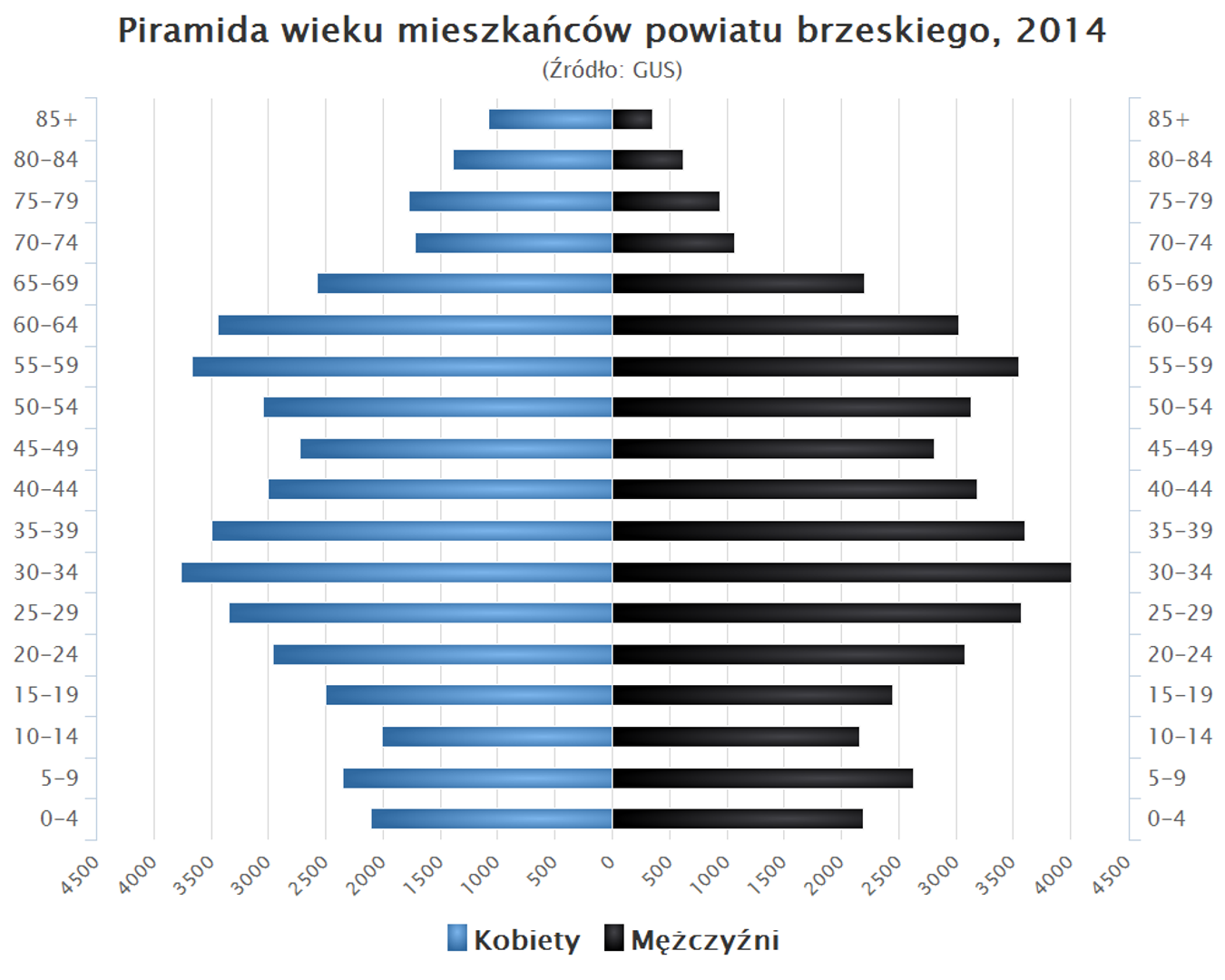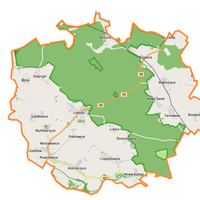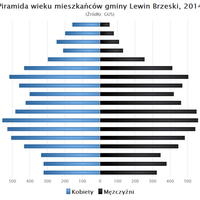Brzeg County
6.84

Overview
Brzeski County, with its seat in the town of Brzeg, is a county in Poland located within the Opole Voivodeship. It was established in 1999 as part of the administrative reform. The area encompasses historical parts of both Lower and Upper Silesia. The county consists of several municipalities, including the urban municipality of Brzeg, the urban-rural municipalities of Grodków and Lewin Brzeski, as well as rural municipalities such as Lubsza, Olszanka, and Skarbimierz. The towns within the county are Brzeg, Grodków, and Lewin Brzeski. It borders the counties of Nysa, Opole, Namysłów, Oława, and Strzelin.
Brzeski County also existed between 1945 and 1975, and after World War II, it was part of the Second Administrative District of Lower Silesia. Over the years, it underwent various administrative changes and has belonged to the Opole Voivodeship since 1950. At the end of 2019, the county was home to nearly 90,000 people, although the population slightly decreased by mid-2020.
In terms of architecture, Brzeg is renowned for its stunning monuments, including the Castle of the Brzeg Dukes and the late Gothic Church of St. Bartholomew. Culturally, Brzeski County hosts various local events and festivals that celebrate regional traditions. Historically, the region has a rich past, having witnessed many events that shaped its present-day character. An interesting fact is that the county has been the site of significant administrative processes, and its starosts, such as Kazimierz Bączek and Maciej Stefański, have represented various political parties, reflecting the changing social and political contexts of the region.
Location
State
Opolskie Voivodeship
Country
2025 Wizytor | All Rights Reserved







